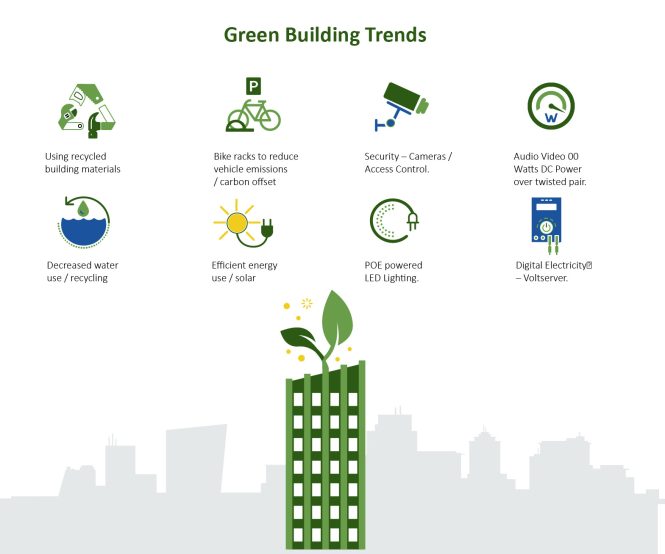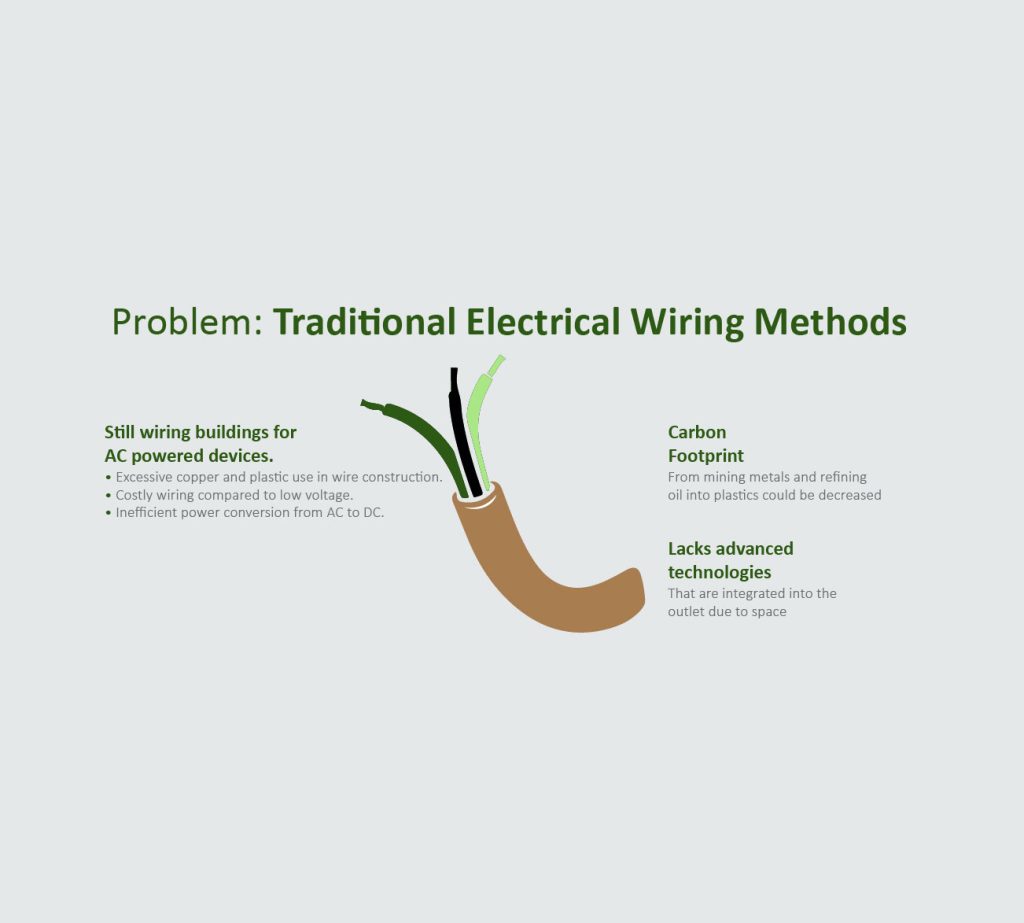

Sustainable building practices are rapidly evolving, driven by a growing awareness of environmental concerns and the need for resource-efficient construction. The construction industry, a major contributor to global carbon emissions, faces increasing pressure to adopt sustainable methods. Many building professionals and homeowners alike are now seeking ways to minimize their environmental impact while creating healthy, comfortable living spaces. This article will delve into the key trends shaping the future of sustainable building, exploring innovative materials, energy-efficient technologies, and design strategies that are transforming the industry. We will examine how these practices contribute to reducing environmental impact, enhancing building performance, and promoting economic viability. This guide will offer a thorough overview of the most significant developments, providing actionable insights for architects, builders, and anyone interested in sustainable construction.
Innovative Materials in Sustainable Building
Utilizing Recycled and Reclaimed Materials
The construction industry is increasingly embracing recycled and reclaimed materials, diverting waste from landfills and reducing the demand for virgin resources. Examples include recycled steel, reclaimed wood, and recycled glass, all offering sustainable alternatives to traditional materials. Using these materials reduces the embodied carbon associated with manufacturing new materials, a significant factor in a building’s overall environmental footprint.
Bio-Based Materials
Bio-based materials, derived from renewable biomass sources like bamboo, hemp, and mycelium, are gaining popularity as sustainable alternatives to traditional materials. These materials often exhibit excellent insulation properties and low embodied carbon, contributing to a building’s environmental performance. Mycelium, for example, is a fast-growing fungal material that offers remarkable strength and insulation qualities, representing a truly innovative sustainable material.
Advanced Composites
Advanced composites, such as cross-laminated timber (CLT) and bamboo-reinforced concrete, are pushing the boundaries of sustainable building materials. CLT offers exceptional strength and stiffness, while bamboo-reinforced concrete reduces the reliance on energy-intensive cement production. These materials often boast superior performance characteristics, adding to their appeal.
Energy Efficiency in Sustainable Building Design
Passive House Design
Passive house design prioritizes minimizing energy consumption through building orientation, insulation, airtightness, and high-performance windows. This approach reduces reliance on heating and cooling systems, significantly lowering operational energy costs and environmental impact. Passive houses have demonstrated remarkable energy savings, proving the efficacy of a holistic design approach.
Net-Zero Energy Buildings
Net-zero energy buildings produce as much energy as they consume annually, typically through the integration of renewable energy sources such as solar panels. These buildings represent the pinnacle of energy efficiency, demonstrating the feasibility of creating buildings with a minimal environmental footprint. This approach requires careful design and the incorporation of efficient energy systems.
Building Envelope Optimization
Optimizing the building envelope, including the walls, roof, and windows, is crucial for reducing energy loss. High-performance insulation materials, airtight construction techniques, and strategically placed windows minimize heat transfer, reducing energy demand for heating and cooling. This approach offers significant improvements in building performance and reduced operational costs.
Sustainable Building Methods and Technologies
Prefabrication and Modular Construction
Prefabrication and modular construction offer significant benefits in terms of efficiency and sustainability. These methods involve manufacturing building components off-site, reducing waste, improving quality control, and accelerating construction timelines. The reduced on-site construction minimizes disruption and environmental impact.
3D Printing in Construction
3D printing technology is transforming the construction industry, allowing for the creation of complex building forms with minimal waste. This technology enables the production of custom building elements and can utilize sustainable materials, further enhancing the sustainability of the construction process. This emerging technology has significant potential for shaping the future of sustainable construction.
Life Cycle Assessment (LCA)
Life cycle assessment (LCA) is a critical tool for evaluating the environmental impact of building materials and construction practices. LCA considers the entire life cycle of a building, from material extraction to demolition and disposal, helping to determine areas for improvement and promoting more informed decision-making. This systematic approach is essential for holistic sustainability assessment.
Embracing Smart Building Technologies
Building Automation Systems (BAS)
Building automation systems (BAS) maximize building performance through automated control of various systems, such as heating, ventilation, and lighting. BAS can significantly reduce energy consumption and improve occupant comfort. By monitoring and adjusting building systems in real-time, BAS improves operational efficiency and reduces waste.
Smart Grid Integration
Integrating buildings with smart grids enables maximized energy management and efficient use of renewable energy sources. Smart grid integration enables buildings to respond dynamically to changing energy demands and maximize energy consumption based on real-time conditions. This approach fosters a more efficient and sustainable energy system.
Data-Driven Optimization
Utilizing data analytics and sensor technology allows for continuous monitoring and optimization of building performance. Collecting data on energy use, occupant behavior, and environmental factors enables building operators to determine inefficiencies and make data-driven decisions for improving sustainability. This continuous improvement approach is essential for long-term energy efficiency.
Case Studies and Examples of Sustainable Building Practices
The Bullitt Center in Seattle
The Bullitt Center in Seattle is a net-zero energy, net-zero water building that serves as an exemplary model for sustainable construction. Its design incorporates passive heating and cooling, rainwater harvesting, and on-site renewable energy generation. The Bullitt Center showcases the feasibility of achieving ambitious sustainability objectives.
The Crystal in London
The Crystal in London, a sustainable events venue, demonstrates innovative sustainable design and technology. Its attributes include a green roof, solar panels, and an efficient building management system. The Crystal showcases the potential for sustainable design in large-scale projects.
Examples of Sustainable Homes
Numerous examples of sustainable homes showcase innovative sustainable building practices. Passive houses and homes utilizing recycled and bio-based materials demonstrate the feasibility of incorporating these practices into smaller scale projects. Many homeowners are choosing to build green for their own environmental and economic benefit. These projects highlight how sustainable building can become more mainstream.
In conclusion, understanding current trends in sustainable building practices is crucial for creating environmentally responsible and economically viable structures. By embracing innovative materials, energy-efficient designs, and sustainable building methods, we can lessen our environmental impact and build a more sustainable future. Adopting these practices isn’t just an environmental responsibility, it’s a smart business decision that leads to cost savings and improved building performance. Let’s continue to explore and implement these sustainable building practices for a greener tomorrow. Start exploring the options today!